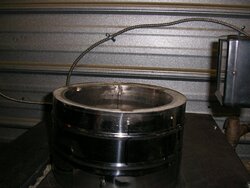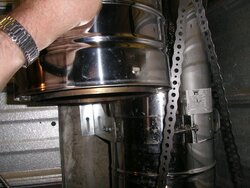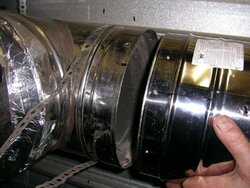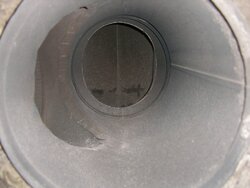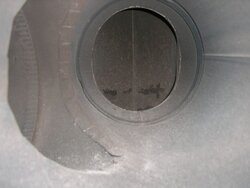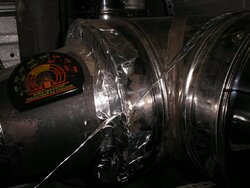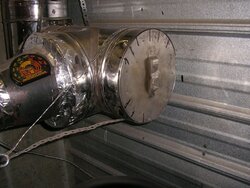following my recent chimney fire, we have installed new selkirk all-fuel flue pipe. i had a couple segments on the ground today, and if installed in the recommended direction, it feels like there is a lip behind/under which creosote could collect at the joints. i have heard there is some new thinking regarding installing it "upside down" to allow creosote to flow back toward the appliance. if i run my fingers across the joint in the other direction, it feels smoother and less likely to collect creosote.
any thoughts on this? should i have installed my flue the opposite way from recommended?
any thoughts on this? should i have installed my flue the opposite way from recommended?


